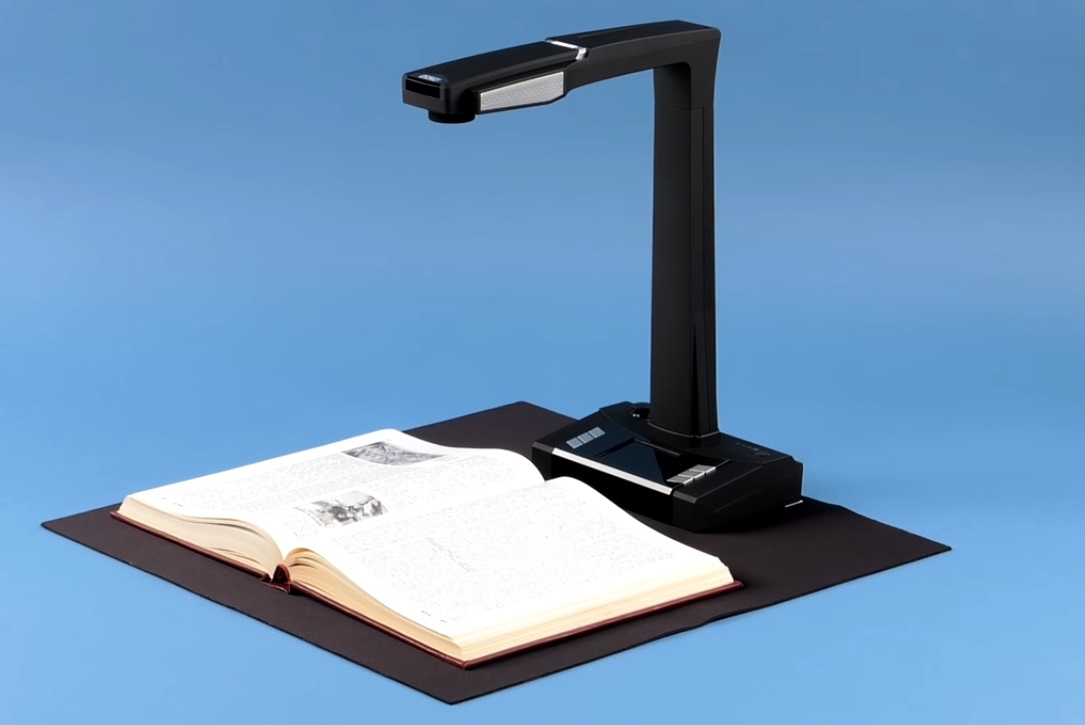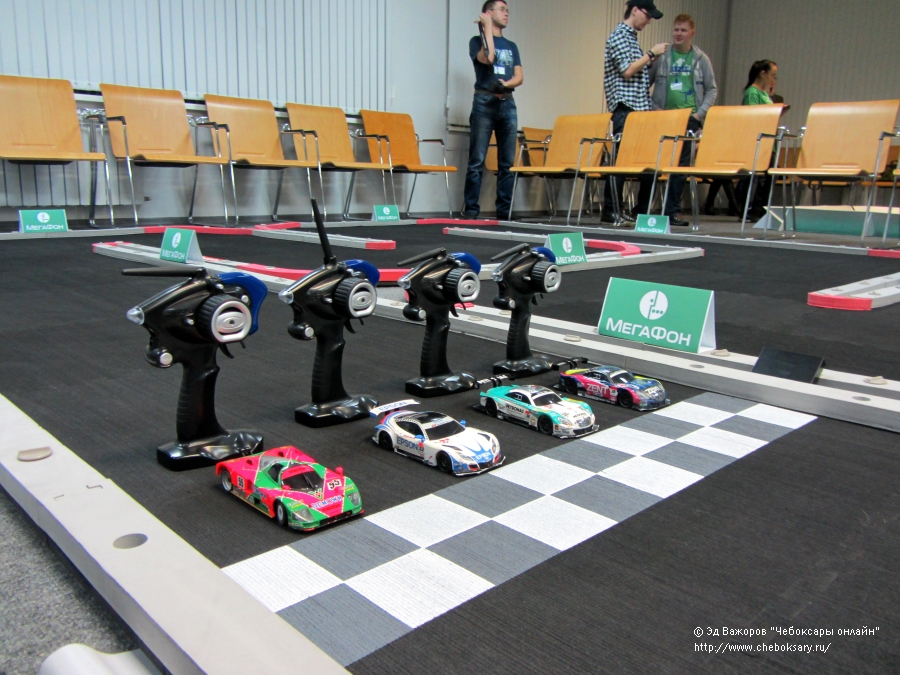Rating of the best syringes for enteral nutrition for 2022
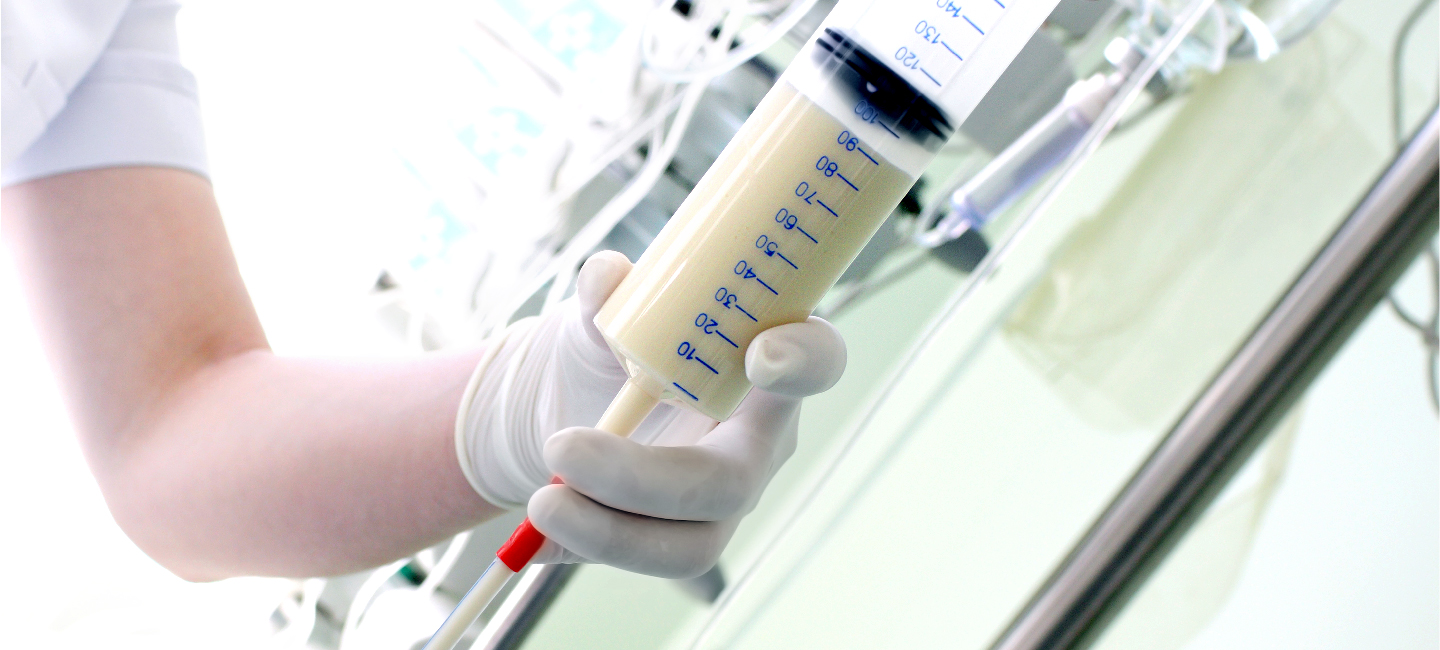
Nutrition is an essential condition for normal human life. But sometimes circumstances develop in such a way that a person loses for some time, and in the worst cases forever, the ability to eat in the usual way. This applies to patients in the postoperative period or who are in a coma, undergoing chemotherapy or who have received fractures of the facial bones of the skull, having mental illness, etc. In these cases, in order to ensure that a person receives all the nutrients necessary for the normal functioning of the body and a speedy recovery, enteral nutrition is organized.
Content
About enteral nutrition
Enteral nutrition is called therapeutic (or supplementary) nutrition with specially prepared mixtures. With this method of food intake, the absorption of nutrients is carried out in a natural physiological way - through the gastrointestinal mucosa.

There are several types of enteral nutrition:
- Siping - the patient independently takes a nutrient mixture through a tube or in small sips;
- Probe - carried out through a nasal probe. The probe passes through the nasal opening and enters either the stomach or the duodenum or small intestine, depending on medical indications. This method of introducing the probe is used when catering for a short period of time (up to 6 weeks).
- Through the stoma. In this case, the tube passes into the stomach (duodenum or small intestine) through a surgically made opening in the abdominal wall called a stoma. This method is used in the case of organizing enteral intake of food for a longer period, as well as in the absence of the possibility of installing a nasal probe.
The purpose of enteral nutrition is to provide the weakened patient's body with the necessary amount of proteins, carbohydrates, fats, as well as vitamins and minerals. After all, only under the condition of a balanced intake of nutritional components can we talk about the speedy recovery of the patient, for example, after a complex operation, coma, etc.The most important condition for using this type of feeding is the normal functioning of the intestines. If there are intestinal disorders or other pathologies (dilated veins of the esophagus, enlarged colon, short bowel syndrome, etc.), enteral nutrition is contraindicated.
The main advantages of feeding the patient through a probe (stoma) are:
- physiological process, i.e. the nutrient mixture enters the digestive system and is processed naturally;
- ease of organization of the feeding process - it is enough to install a probe or stoma once;
- availability and variety of nutritional formulas;
- practically does not cause any complications (with a properly selected mode and volume);
- completely replaces the patient's daily diet.
Depending on the patient's condition and his disease, the attending physician individually selects the enteral feeding regimen. There are 4 options:
- round the clock;
- drip (carried out during the day and stops at night);
- periodic (4-6 hours);
- bolus (portioned), simulating a normal diet.
The bolus type can be administered at home, including by the patient himself. With it, no more than 250-300 ml of the nutrient mixture is introduced in one session. The rate of its supply should not exceed 30 ml per minute. Multiplicity of meals - 5-6 times a day. It is with the bolus method of introducing enteral nutrition that syringes are used.

Types of syringes for enteral nutrition
When classifying the variety of syringes, their types are distinguished according to the following main features:
- purpose - for injections, sampling of biomaterial, removal of fluids from cavities, lavages, enteral nutrition, etc.;
- volume - from 1 to 300 ml;
- the number of uses - single and multiple use;
- type of construction - two and three-component;
- the type of attachment of the needle (in our case, the catheter) - Luer, Luer Lok, catheter;
- the position of the tip cone - coaxial (in the center) and eccentric (the tip is shifted from the center to the edge of the cylinder).
For enteral nutrition, catheter-type syringes are used. Their difference from the rest lies in the elongated structure of the tip, which fits any standard catheter. Sometimes there are products with a Luer Lock type mount. This type of fastening is a screw connector into which ports of a certain type are screwed. In most cases, enteral feeding syringes do not include a needle. By volume, they are the largest of all varieties and are presented in variations from 30 to 300 ml. Currently, all products of this purpose are made disposable. Syringes are also distinguished by design. Allocate two-component and three-component. The first consist of two parts - a cylinder and a piston. In three-component, a plunger is added to the named parts - a rubber seal, which makes the piston stroke smoother. For the organization of feeding through a probe, three-component ones are used.
How to choose a syringe
A quality syringe for enteral nutrition will ensure a smooth, jerk-free supply of the nutrient mixture. When choosing syringes for tube feeding, the following points should be considered:
- It is better to give preference to products of trusted and well-known manufacturers who have been manufacturing and supplying medical equipment and consumables for a long time. Currently, more than 2/3 of syringes in pharmacies are produced by foreign companies.The largest domestic and foreign suppliers will be discussed below.
- By design, it is better to choose three-component syringes. It is they who provide a smooth ride and it is they who provide protection against unforeseen extraction of the piston and leakage of the mixture;
- The volume is selected depending on the age and needs of the patient;
- It is best to give preference to products with a catheter tip type, because. it fits almost all kinds of probes. At the same time, the Luer Lock type tip provides a more reliable fastening and eliminates leakage;
- Frequency of use. It is better to use disposable products, because. they are the most hygienic and safe. However, their use is more expensive, especially when organizing feeding for a long period. Reusable syringes are more financially beneficial, but require proper handling, which not everyone can do on their own.
- The shelf life for disposable products is 3 to 5 years.
The largest companies producing goods for gastroenterology
MIM LLC is a domestic enterprise located in Tyumen for the production of single-use medical devices. Founded in 1991. It is one of the leaders in its field. Since 2016, the production of syringes has begun. The company annually participates in international exhibitions, improves its technologies. All this is done to improve the skills of personnel and the quality of products.
Braun is a German company for the production of medical products for hospitals, the organization of surgical processes, patient care, etc. Its history began in 1839.Since then, the company has been supplying its products to many countries of the world, and since the 80s of the 20th century. and to Russia. In 2001, a subsidiary was established in Russia, which currently has its subsidiaries in 50 regions of the country.
Apexmed International B.V. is a company engaged in the production of a wide range of medical equipment, equipment and materials. Its headquarters is located in Amsterdam in the Netherlands. All manufactured products are of high quality and are certified accordingly. In its production, innovative technologies are used, and its use makes the treatment process more efficient.
KDM (KD Medical GmbH Hospital Products) is a German disposable medical device company. For more than 15 years, KDM has been cooperating with more than 60 countries, supplying them with reliable and high-quality products. All manufactured medical products comply with international quality standards.
SFM Hospital Products GmbH is a supplier company located in Germany. The main direction of its activity is the production and trade of medical consumables. The company was founded in 1997 and since then has become a reliable and proven supplier in many countries of Europe, the CIS and Russia.
Vogt Medical Vertrieb GmbH is a German company that began its history in 1991. Since then, it has been one of the leading suppliers of disposable medical products to many countries around the world.
Enteral syringes with catheter tip
Braun Omnifix
Disposable three-piece syringe with a volume of 50 ml from a German manufacturer.Refers to catheter-type syringes - the extended tip is ideal for connecting with catheters and probes. The body is made of polypropylene. The cylinder is transparent, which is convenient for dosage control. It has a high contrast black graduation. The polymer piston is equipped with O-rings. A stroke stop is provided to prevent accidental removal of the piston.

Cost - from 200 rubles.
- can be used for feeding, washing, injection;
- 2 sealing rings on the piston;
- no natural latex is used in the production;
- graduation is not erased;
- scale up to 60 ml;
- accidental removal of the piston is not possible.
- small volume;
- expensive.
OOO "MIM" Zhane
The Janet syringe with a volume of 150 ml with a catheter attachment can be used for enteral feeding, rinsing of cavities, fluid suction, various types of infusions. The body is made of polypropylene, which is an anti-allergic material. The piston is equipped with a rubber cuff coated with silicone. This design ensures the smoothest possible ride. In addition, there is a retaining ring, thanks to which accidental removal of the piston is excluded. The cylinder is marked in blue. Single use product. Each is packed in an individual blister pack.
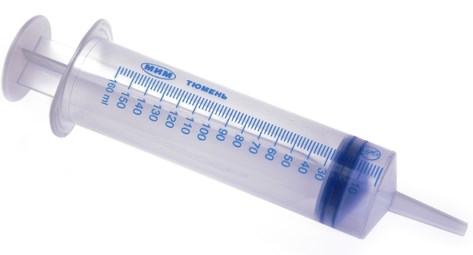
The cost is from 70 rubles.
- large volume;
- the scale is marked up to 160 ml;
- no latex is used in the production;
- multifunctional;
- compatible with catheters and probes;
- smooth running;
- there is a retaining ring.
- light graduation.
KDM KD-JECT III Janet
Three-piece syringe from the German company KDM with a volume of 150 ml.The needle holder is centrally located, catheter type and suitable for connection with various probes and catheters. The cylinder is made of high quality transparent polypropylene. Graduation in black, not erased. The piston is equipped with a stroke limiter, which prevents it from popping out. In addition, the stop ring on the plunger and stops on the barrel allow the syringe to be operated with one hand. Suitable for enteral nutrition, as well as for washing, infusion and suction of liquids. The product is disposable. Pack of 40, sold individually.

Cost - from 195 rubles.
- high-quality indelible scale up to 160 ml;
- the locking ring prevents the piston from popping out;
- can be operated with one hand;
- quality materials;
- There is no extra charge for single purchases.
- expensive.
Apexmed Janet
Three-component Janet syringe with a volume of 150 ml. Suitable for washing cavities, irrigating wounds with antiseptics, conducting intratube feeding. The catheter style spout fits all standard connectors. The body is made of transparent PVC, which allows you to clearly track the injected volume. A clear, contrasting black scale and a dark purple plunger also help to measure the dosage. The soft stroke of the piston is achieved by an additional cuff. Disposable product, sterile.

The cost is from 190 rubles.
- protective cap at the spout;
- colored piston;
- clear scale;
- soft move;
- It is equipped with stops for the thumb and forefinger, so that you can perform the procedure with one hand.
- not found.
Vogt Medical
Vogt Medical offers several options for enteral nutrition syringes, differing in volume (50, 100, 120 and 150 ml). All of them have a concentric arrangement of the catheter-type tip. The cylinder is made of transparent polypropylene. Thanks to this, as well as a clear scale, it is easy to control the volume of the introduced nutrient mixture. The piston is equipped with a seal made of medical rubber, which ensures a smooth, jerk-free stroke.

Cost - from 30 rubles. (50 ml)
- made without the use of natural latex;
- several volume options;
- smooth piston stroke;
- the retaining ring protects against unexpected jumping out of the piston.
- not found.
Syringes for enteral nutrition with a Luer Lock tip
SFM Hospital Products
Disposable three-component syringe with a volume of 50 ml for feeding through a tube and delivering drugs. It has a central location of the Luer Lock type nozzle, which ensures reliable docking with ports. The transparent cylinder is made of latex-free polypropylene. It has a well-readable clear graduation. Piston sliding is easy, without friction and jerks. The double retaining ring eliminates the loss of fluid or nutrient mixture. The product is disposable and sterile.
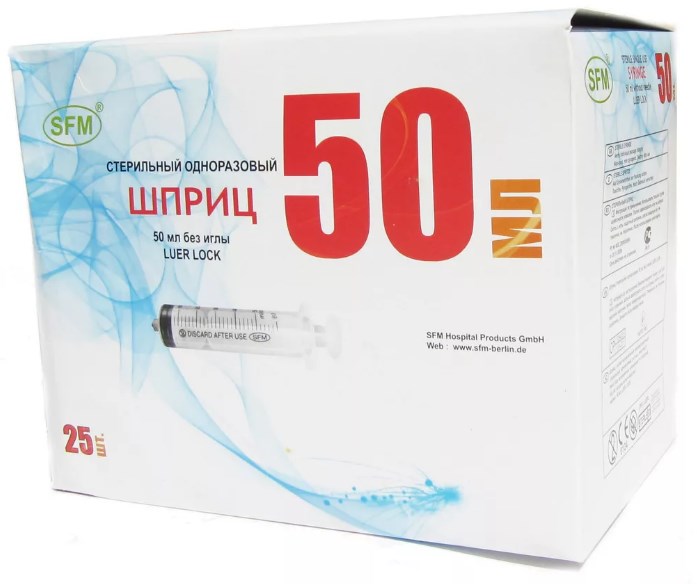
The cost is from 90 rubles.
- clear graduation;
- lack of jerks when introducing liquid or mixtures;
- the possibility of piston popping out is excluded.
- small volume;
- not suitable for all catheters.
BBraun Omnifix Enteral
Three-piece syringe for enteral feeding and administration of drugs with a volume of 50 ml. All parts of the product are made of polymer without natural latex.The most notable feature of this product is the purple painted piston. In combination with a clear contrast scale, it allows you to quickly and accurately determine the injected volume. The cannula is located in the center. The Luer Lock type is only suitable for connection with inverted ports or Y-ports. Single use product.

The cost is from 145 rubles.
- transparent cylinder;
- clear contrast scale;
- graduation up to 60 ml;
- smooth running;
- tight fixation thanks to Luer Lock;
- additional o-rings on the piston.
- small volume;
- connects to certain types of ports only.
OOO "MIM" Zhane (Luer Lok)
Three-component Janet syringe with a volume of 150 ml. Suitable for enteral feeding and drug administration. In addition, it is used for washing cavities, various infusions, suction of fluids from the body. Equipped with a Luer Lock type tip, which can be connected to both a catheter, a needle, an Esmarch mug tip or microclysters. The cylinder is transparent with a blue scale. The piston is equipped with a silicone-coated rubber cuff, which makes it very smooth. Single use product.
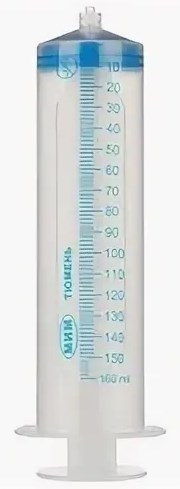
The cost is from 60 rubles.
- volume 150 ml (scale up to 160 ml);
- can be applied in several directions;
- smooth stroke of the piston due to the rubber cuff.
- not found.
It is important to remember that in order to organize the correct intake of the food mixture through a probe or stoma, both high-quality consumables, including syringes, and compliance with all the rules for its implementation are needed.Each case is purely individual and requires consultation with the attending physician, especially in the case of enteral nutrition at home.
new entries
Categories
Useful
Popular Articles
-

Top ranking of the best and cheapest scooters up to 50cc in 2022
Views: 131656 -

Rating of the best soundproofing materials for an apartment in 2022
Views: 127696 -

Rating of cheap analogues of expensive medicines for flu and colds for 2022
Views: 124523 -

The best men's sneakers in 2022
Views: 124040 -

The Best Complex Vitamins in 2022
Views: 121944 -

Top ranking of the best smartwatches 2022 - price-quality ratio
Views: 114982 -

The best paint for gray hair - top rating 2022
Views: 113400 -

Ranking of the best wood paints for interior work in 2022
Views: 110324 -

Rating of the best spinning reels in 2022
Views: 105333 -

Ranking of the best sex dolls for men for 2022
Views: 104372 -

Ranking of the best action cameras from China in 2022
Views: 102221 -

The most effective calcium preparations for adults and children in 2022
Views: 102015

